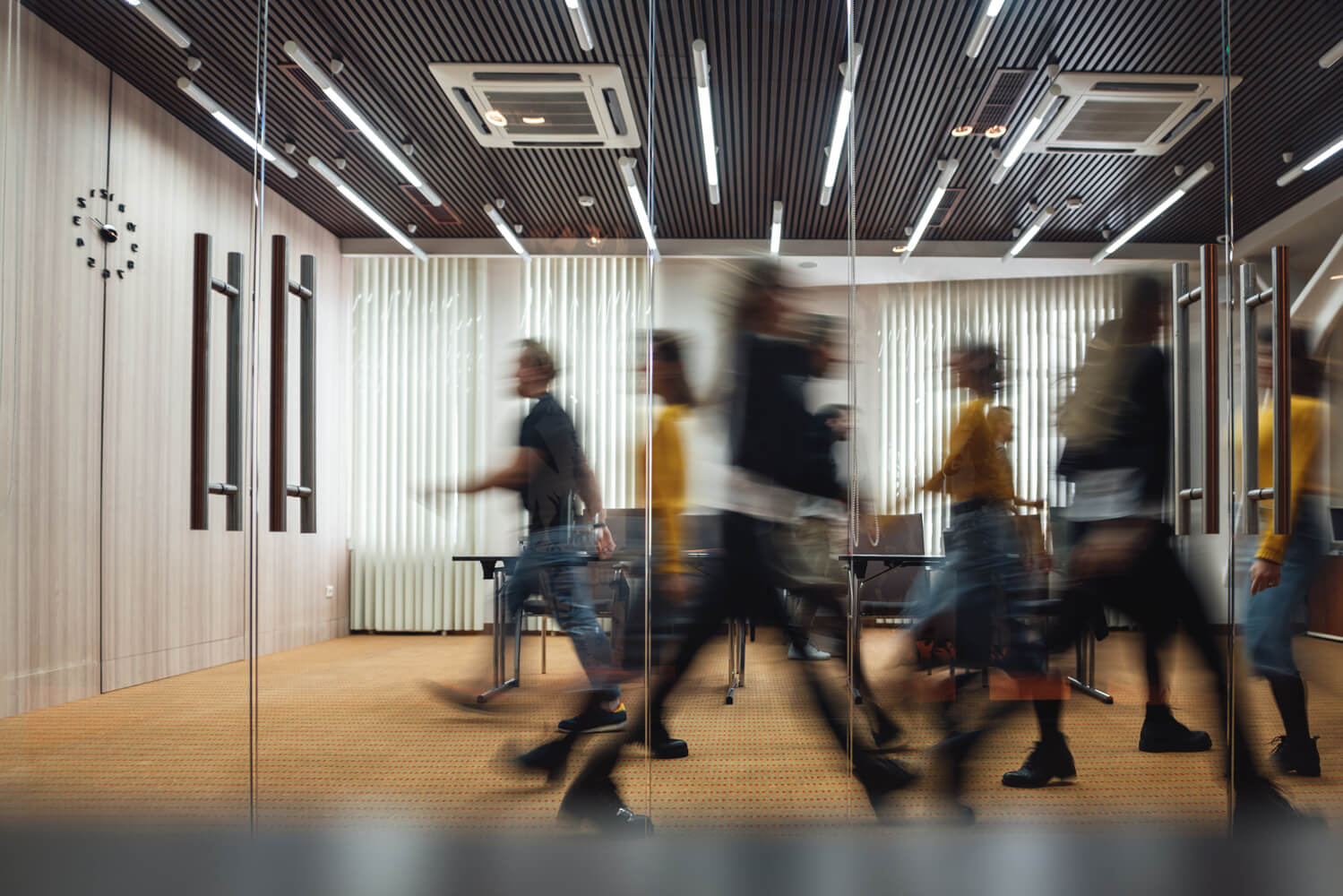Air Pollution – More Than Just a Cough


Shoes (check). Wallet (check). Phone (check). Weather (check). Air Quality Index (check?)
It often confounds me why the conversation about climate change often fails to bring up health, given that air pollution is responsible for shortening millions of lives every year.
The harmful effects of air pollution are ubiquitous. Green building rating systems like LEED®, Fitwel®, and WELL™ place immense emphasis on indoor air quality and also present studies demonstrating how green buildings boost the well-being and productivity of the occupants.

But how are green buildings and air quality related?
The relationship between air quality and health equity is explored eloquently in:

Freakonomics Radio, Episode: This Is Your Brain on Pollution
The host of this podcast details the impact of air pollution on our cognitive abilities, and subsequently socioeconomic equity. The host states that air pollution impacts more than just our physical health. For example, in the Western Hemisphere, where winds blow from West to East, there was a significant income disparity between the residents on the eastern side and the western side. This pattern emerged as coal burning became rampant in the UK.
Take, for instance, the classic chicken or egg paradox: Are the low-skilled workers “low-skilled” because of air pollution, or are they living in more polluted neighborhoods because they are low-skilled?
An economist suspects that the hazards associated with air pollution on our cognitive capacities may be more far-reaching and inter-generational. The theory is that children who grow up in polluted areas suffer adverse effects that lead to lower outcomes in education, health and income, even if they were to move away later.
Really polluted and really unpolluted neighborhoods, are also becoming even more extreme in terms of socioeconomic status, either poorer or richer, respectively. Initial land use patterns were reinforced by both ongoing pollution and exclusive social structures. In some cities, a new highway would separate the “low-income-high-pollution” side from the “higher-income-lower-pollution” side. It was found that test scores in the “low-income-high-pollution” sides were lower and that crime instances were higher. The research also found that umpires in major league baseball (MLB) made more mistakes when they were in a place that had a high pollution level on that day. This research demonstrates that highly-skilled professionals are also impacted by poor air quality.

What is being done to end the vicious cycle of pollution and equity?
- The Clean Air Act is the United States’ primary federal air quality law, intended to reduce and control air pollution nationwide. Initially enacted in 1963 and amended many times since, it is one of the United States’ first and most influential modern environmental laws (epa.gov).
- Initiatives towards ensuring a Net Zero built environment like the Paris Agreement (Net Zero emissions targeted by 2050) set a global vision.
- Then there is the trend towards responsible Environmental, Social and Governance investing (ESG) that is leading to voluntary (and in some cases, mandatory) corporate disclosure of emissions. In addition, increasing emphasis on corporations to adopt green building standards such as LEED®, Fitwel®, WELLTM, have hidden benefits such as cleaner, healthier air and improved cognitive ability.

Associating pollution with climate change incentivizes individuals to take action now. The impact that pollution has on our physical and mental health, and its disproportionate impact on the poor can persuade more people to combat climate change. It isn’t political anymore – no one wants to breathe polluted air.
The podcast ends on the note that the day is coming when we will hear announcements on mainstream media such as:
“If your child has an important test today or you’re giving a big presentation at work, you might want to consider rescheduling.”
OR
“The Supreme Court will be delaying oral arguments until next week because of a high particulate-matter count in Washington, D.C.”
Making the connection between climate change and our health and productivity, our children’s performance and even where we live, can strengthen our resolve to thwart climate change.
(This article was based on research and findings presented on Freakonomics Radio, Episode: This Is Your Brain on Pollution.)




View More Resources
Benefit from our expertise

